Home>Gardening & Outdoor>Landscaping Ideas>What Is Grass Jelly Good For
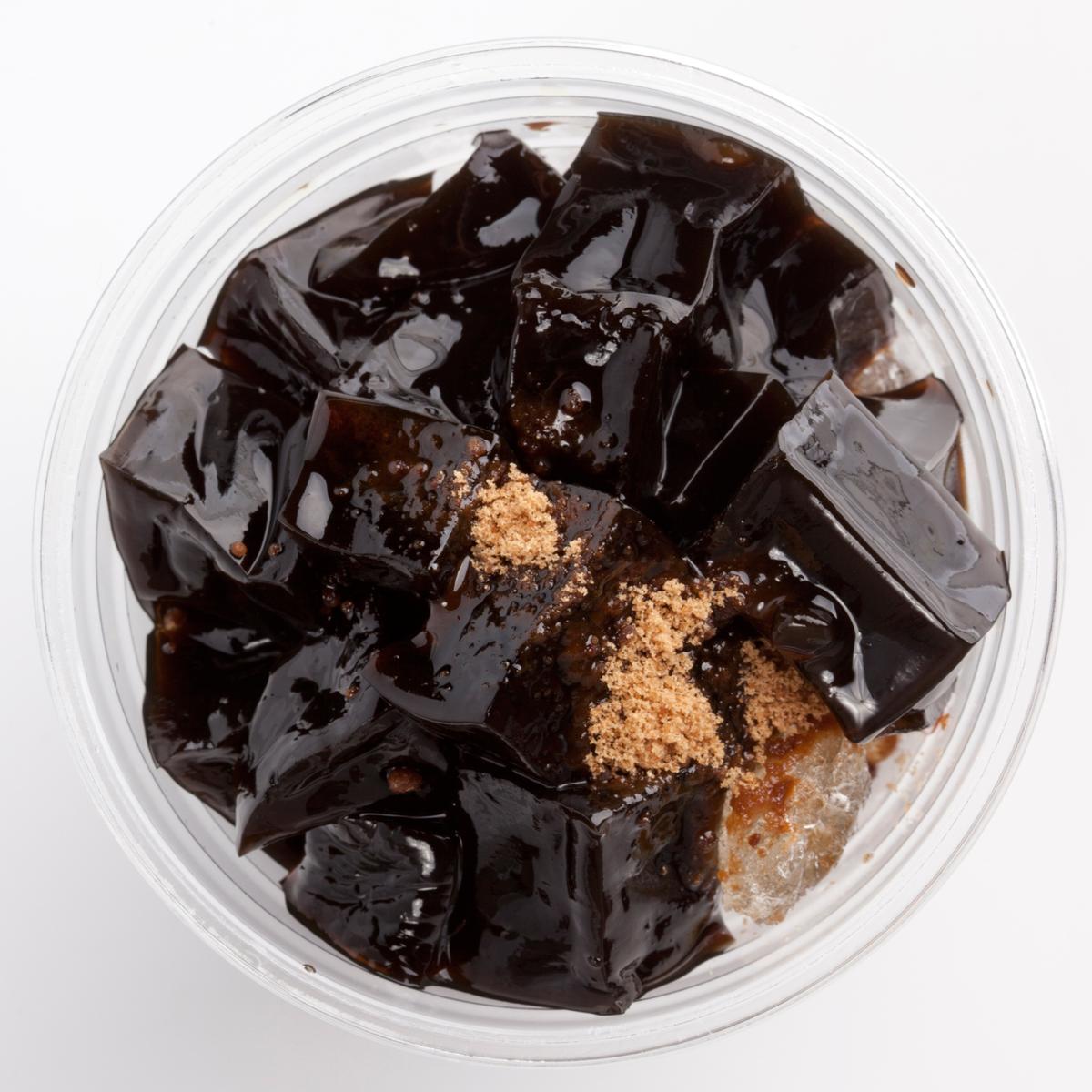

Landscaping Ideas
What Is Grass Jelly Good For
Published: January 28, 2024
Discover the benefits of grass jelly and how it can enhance your landscaping ideas. Learn how to incorporate this versatile plant into your outdoor space.
(Many of the links in this article redirect to a specific reviewed product. Your purchase of these products through affiliate links helps to generate commission for Storables.com, at no extra cost. Learn more)
Introduction
Grass jelly, also known as leaf jelly or xiancao, is a traditional East Asian dessert with a long history dating back to ancient China. This unique and refreshing jelly-like dessert is made from the leaves of the Mesona chinensis plant, a member of the mint family. With its distinctive dark color and slightly bitter taste, grass jelly has been enjoyed for centuries as a cooling treat, particularly during the hot summer months.
In recent years, grass jelly has gained popularity not only as a delectable dessert but also as a potential source of various health benefits. This intriguing culinary creation has piqued the interest of food enthusiasts and health-conscious individuals alike, prompting a closer look at its nutritional content and potential therapeutic properties.
In this article, we will delve into the nutritional content of grass jelly, explore its potential health benefits, and uncover its culinary uses. Additionally, we will address any potential side effects or risks associated with consuming grass jelly. By the end of this comprehensive exploration, you will have a deeper understanding of this intriguing and versatile ingredient, shedding light on its role in both traditional cuisine and modern wellness practices.
Key Takeaways:
- Grass jelly is a refreshing dessert with potential health benefits, offering hydration, essential minerals, and antioxidants. Enjoy it in moderation as part of a balanced diet for a delightful treat.
- Grass jelly’s versatility extends beyond dessert, adding a unique touch to sweet and savory dishes. Be mindful of individual preferences and dietary considerations when incorporating it into culinary creations.
Read more: What Is Grass Jelly Boba
Nutritional Content of Grass Jelly
Grass jelly, a staple in East Asian cuisine, offers a unique blend of nutrients that contribute to its appeal as both a culinary delight and a potential health booster. This traditional dessert is prized for its low-calorie content and rich array of vitamins and minerals.
One of the key nutritional components of grass jelly is its high water content, which makes it a hydrating and refreshing choice, especially during hot weather. Additionally, grass jelly contains a variety of essential nutrients, including calcium, iron, and zinc. These minerals play crucial roles in supporting bone health, oxygen transport in the blood, and immune function, respectively.
Furthermore, grass jelly is a notable source of dietary fiber, which supports digestive health and promotes feelings of fullness. This can be particularly beneficial for individuals seeking to manage their weight or improve their overall dietary fiber intake. Additionally, the presence of antioxidants in grass jelly may contribute to its potential health-promoting properties, helping to combat oxidative stress and reduce the risk of chronic diseases.
It is important to note that while grass jelly offers several beneficial nutrients, it is typically consumed in moderate amounts as a dessert rather than as a primary source of nutrition. As with any food or beverage, moderation and balance are key to enjoying the potential benefits without overindulgence.
Health Benefits of Grass Jelly
While grass jelly is celebrated for its delightful taste and unique texture, it also holds potential health benefits that have garnered attention in the realm of wellness and nutrition. From its hydrating properties to its potential antioxidant effects, grass jelly offers a range of attributes that contribute to its appeal as a functional food with potential health-promoting properties.
One of the primary health benefits of grass jelly lies in its hydrating nature. With its high water content, consuming grass jelly can contribute to overall hydration, which is crucial for supporting bodily functions and maintaining optimal health, particularly in hot and dry climates.
Furthermore, grass jelly contains a variety of essential minerals, including calcium and iron, which are integral to supporting bone health and oxygen transport in the blood, respectively. These minerals play key roles in maintaining overall well-being, making grass jelly a potentially valuable addition to a balanced diet.
Moreover, the presence of dietary fiber in grass jelly can aid in supporting digestive health and promoting feelings of satiety, potentially contributing to weight management and overall gut function. Additionally, the antioxidant properties of grass jelly may help combat oxidative stress and reduce the risk of chronic diseases, making it a noteworthy addition to a diet aimed at promoting long-term health and well-being.
It is important to approach the consumption of grass jelly as part of a balanced and varied diet, reaping the potential health benefits while being mindful of overall dietary choices. While grass jelly holds promise as a hydrating and nutrient-rich dessert, it is essential to enjoy it in moderation as part of a well-rounded approach to nutrition and wellness.
Grass jelly is good for digestion due to its high fiber content. It can help prevent constipation and promote a healthy digestive system.
Culinary Uses of Grass Jelly
Grass jelly, with its unique flavor and texture, is a versatile ingredient that extends beyond its traditional role as a dessert. In East Asian cuisine, it is celebrated for its adaptability in various culinary creations, offering a delightful touch to both sweet and savory dishes.
One of the most popular ways to enjoy grass jelly is in its traditional form as a dessert. It is often served with a drizzle of syrup or sweetened condensed milk, adding a touch of sweetness to its slightly bitter undertones. This classic preparation allows the distinct flavor and texture of grass jelly to shine, offering a refreshing and indulgent treat.
Besides being enjoyed as a standalone dessert, grass jelly can be incorporated into a variety of sweet concoctions, such as fruit salads, ice creams, and smoothies. Its cooling properties and unique texture make it a delightful addition to these treats, adding a layer of complexity and depth to the overall flavor profile.
Surprisingly, grass jelly can also be used in savory dishes, lending its subtle bitterness and gelatinous texture to cold appetizers and salads. It can be combined with fresh herbs, vegetables, and a light vinaigrette to create a refreshing and unexpected dish that tantalizes the taste buds.
Moreover, grass jelly can be an intriguing addition to beverages, where its cooling properties and slightly bitter taste can complement a variety of drinks. From iced teas to cocktails, grass jelly can add a unique twist, elevating the overall drinking experience.
As a versatile ingredient, grass jelly offers a myriad of culinary possibilities, allowing for creativity and innovation in both traditional and contemporary dishes. Its distinct flavor and texture make it a valuable addition to the culinary landscape, inviting exploration and experimentation in the realm of gastronomy.
Potential Side Effects and Risks of Grass Jelly
While grass jelly is celebrated for its unique flavor and potential health benefits, it is important to be mindful of potential side effects and risks associated with its consumption. As with any food or ingredient, individual sensitivities and moderation play crucial roles in enjoying grass jelly responsibly.
One consideration when consuming grass jelly is its slightly bitter taste, which may not be palatable to all individuals. While some may appreciate its distinctive flavor profile, others may find it less appealing. It is advisable to sample grass jelly in small quantities initially to gauge personal preferences and tolerance for its taste.
Additionally, individuals with specific dietary restrictions or health conditions should exercise caution when consuming grass jelly. For example, those with sensitivities to certain plants or ingredients used in the preparation of grass jelly should carefully review its composition to avoid any adverse reactions.
Furthermore, the sweetened syrups or condiments often paired with grass jelly in dessert preparations may contribute to increased sugar intake, which should be monitored, especially for those with dietary concerns related to sugar consumption.
It is important to note that while grass jelly offers potential health benefits, it is not a substitute for a balanced and varied diet. Relying solely on grass jelly as a source of nutrition may result in an imbalanced dietary intake, lacking essential nutrients found in other food groups.
As with any food or ingredient, moderation and mindfulness are key to enjoying grass jelly without encountering adverse effects. By incorporating it as part of a diverse and balanced diet, individuals can savor the unique qualities of grass jelly while minimizing any potential risks associated with its consumption.
Read more: What Is Grass Jelly Made From
Conclusion
Grass jelly, a cherished component of East Asian culinary traditions, offers a delightful blend of flavor, texture, and potential health benefits. From its hydrating properties to its unique culinary versatility, grass jelly has carved out a special place in the realm of desserts and innovative culinary creations.
Exploring the nutritional content of grass jelly unveils a wealth of essential minerals, dietary fiber, and hydration, making it a compelling choice for those seeking a refreshing and potentially health-promoting treat. Its potential to contribute to digestive health, support bone strength, and provide antioxidant benefits adds to its allure as a functional food with a multifaceted appeal.
Furthermore, the culinary uses of grass jelly extend far beyond its role as a dessert, encompassing a wide range of sweet and savory applications. Its adaptability in various dishes, from fruit salads to cold appetizers, showcases its versatility and ability to elevate the overall dining experience.
While enjoying the unique qualities of grass jelly, it is essential to be mindful of potential side effects and risks, such as individual taste preferences, dietary considerations, and moderation in consumption. By approaching grass jelly with an informed and balanced perspective, individuals can savor its distinct attributes while minimizing any potential drawbacks.
In conclusion, grass jelly stands as a fascinating and multifaceted ingredient, intertwining culinary delight with potential health benefits. Whether relishing it as a cooling dessert, exploring its culinary versatility, or considering its potential impact on overall well-being, grass jelly invites us to embrace its unique qualities and savor the depth of its cultural and culinary significance.
Frequently Asked Questions about What Is Grass Jelly Good For
Was this page helpful?
At Storables.com, we guarantee accurate and reliable information. Our content, validated by Expert Board Contributors, is crafted following stringent Editorial Policies. We're committed to providing you with well-researched, expert-backed insights for all your informational needs.

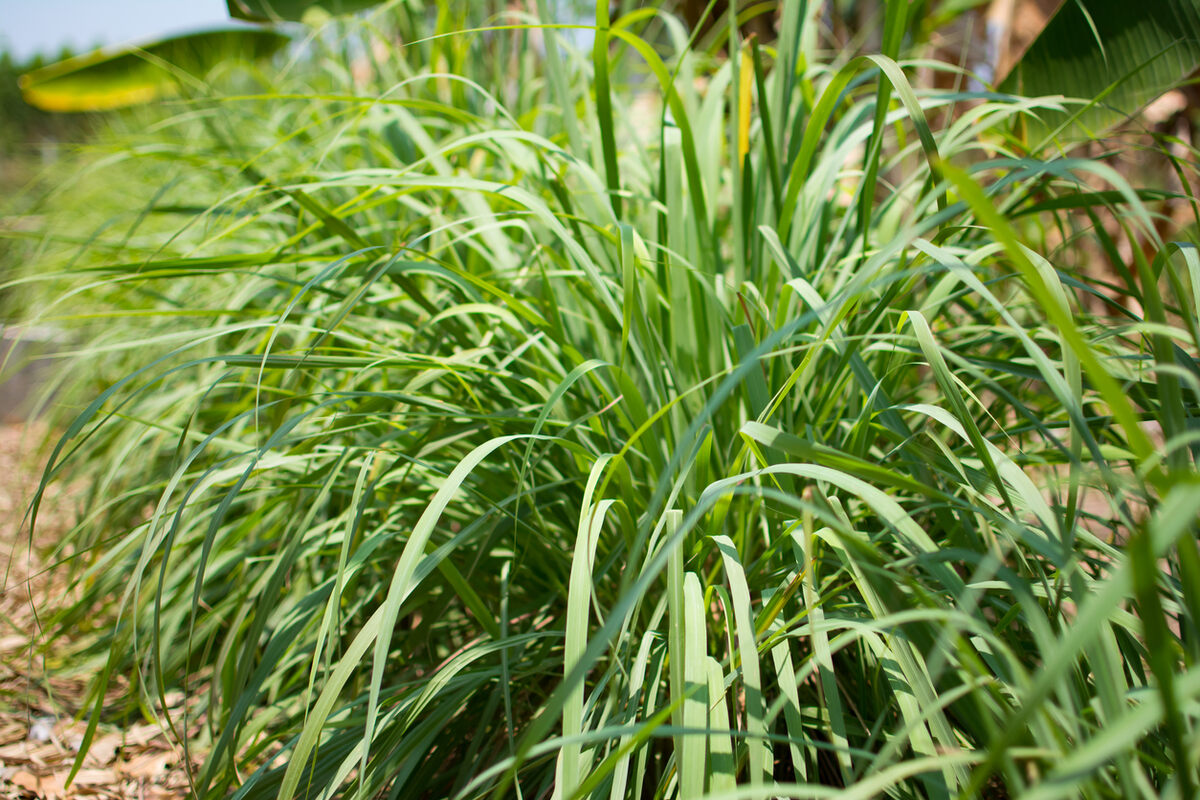

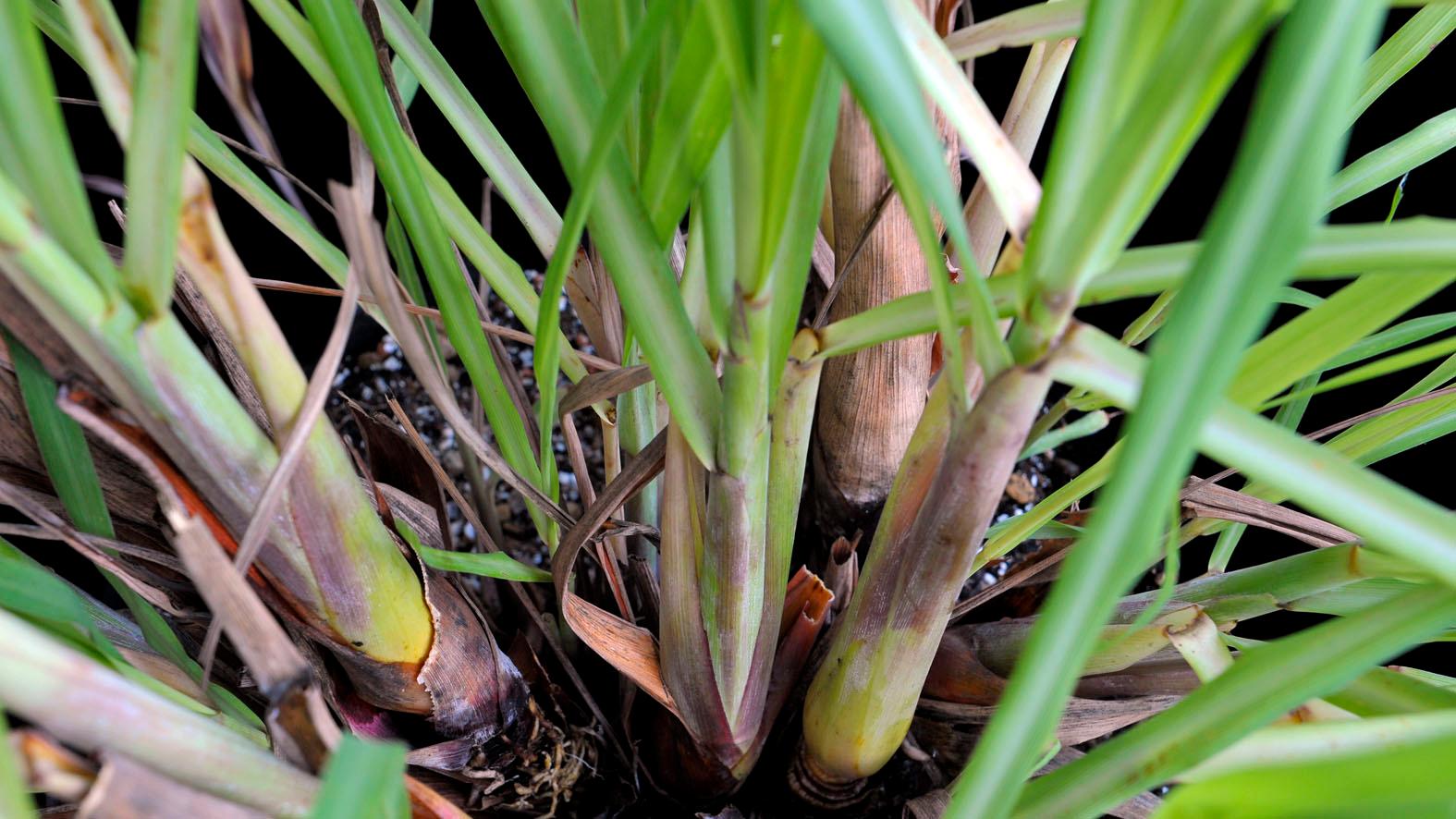

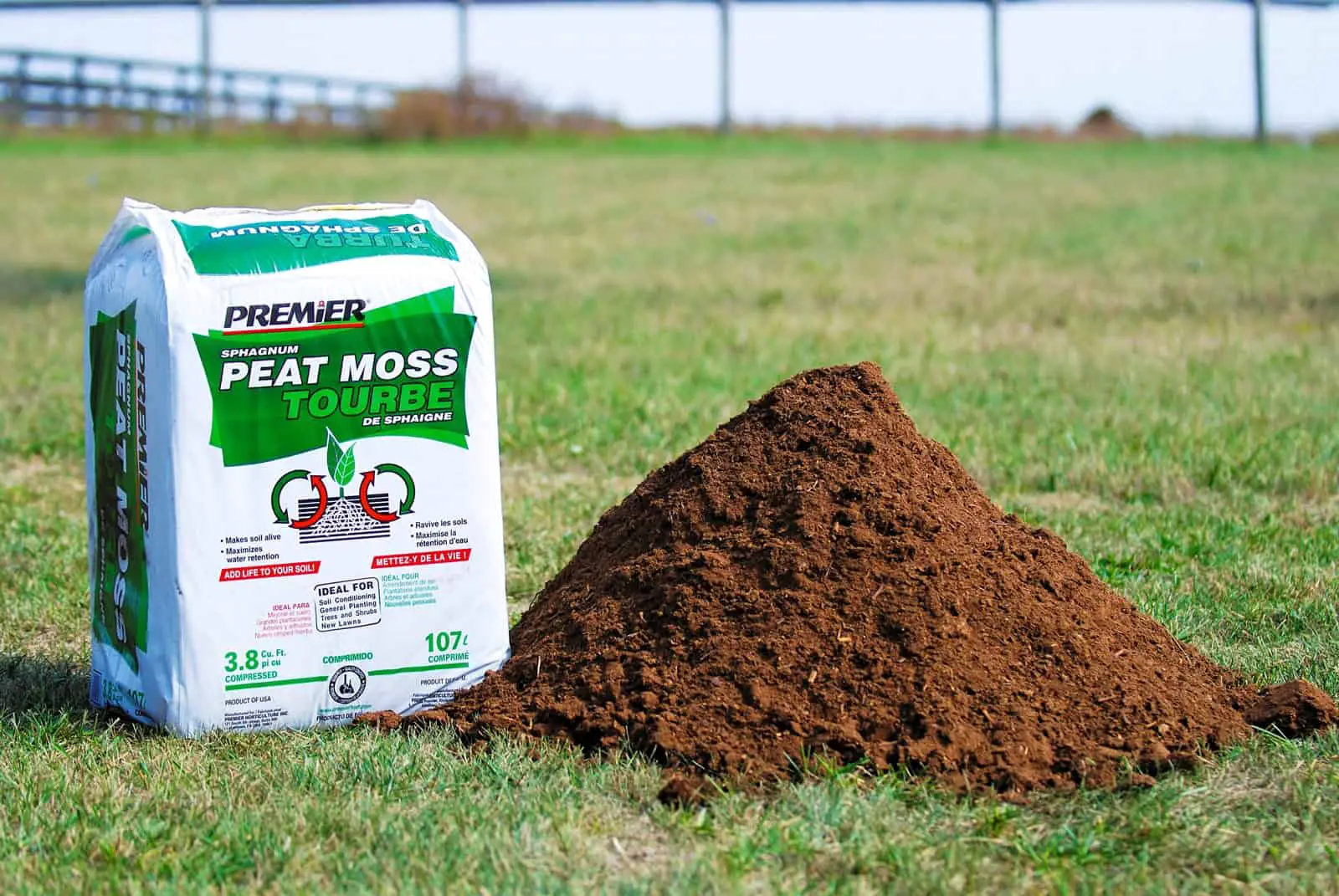
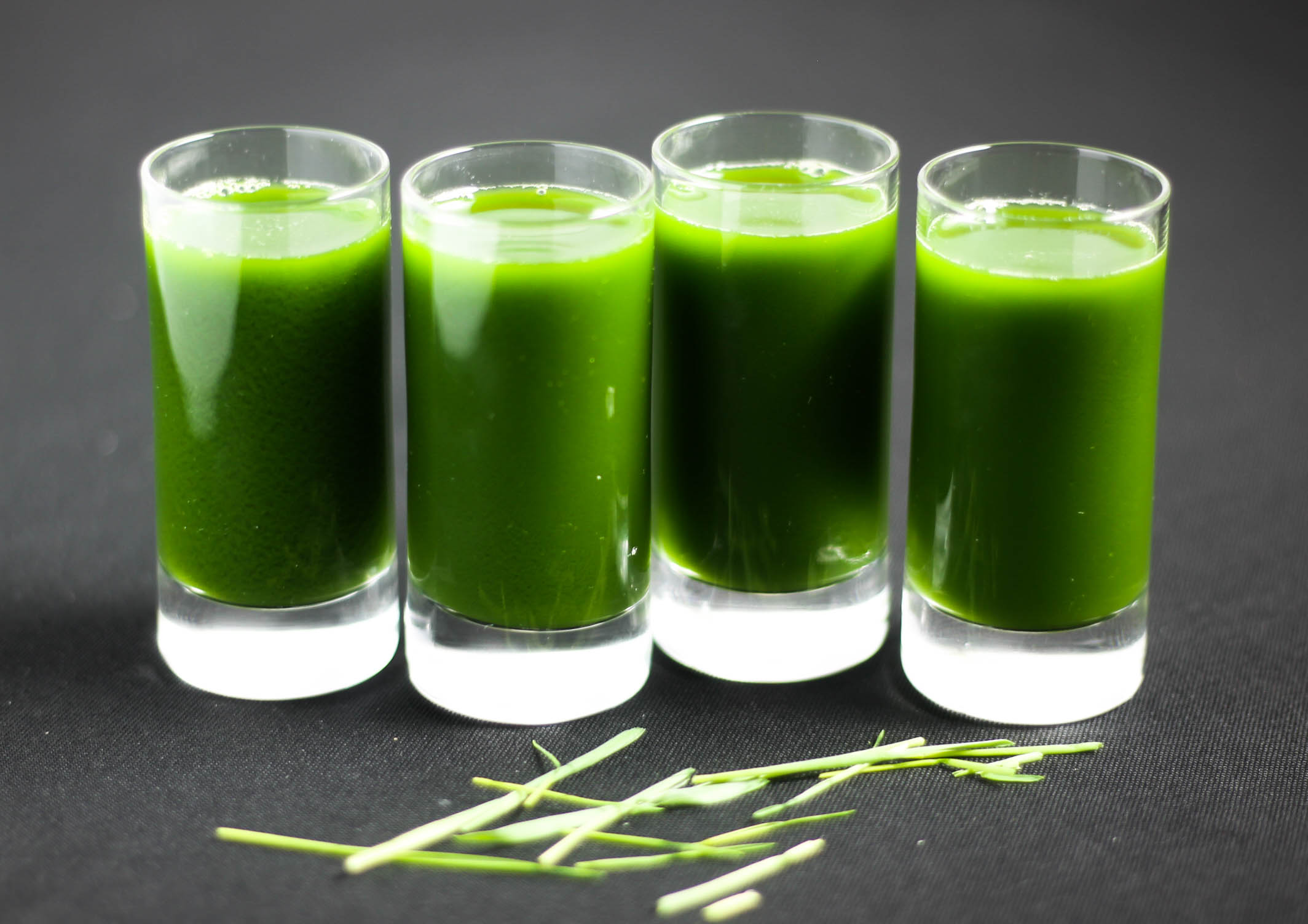

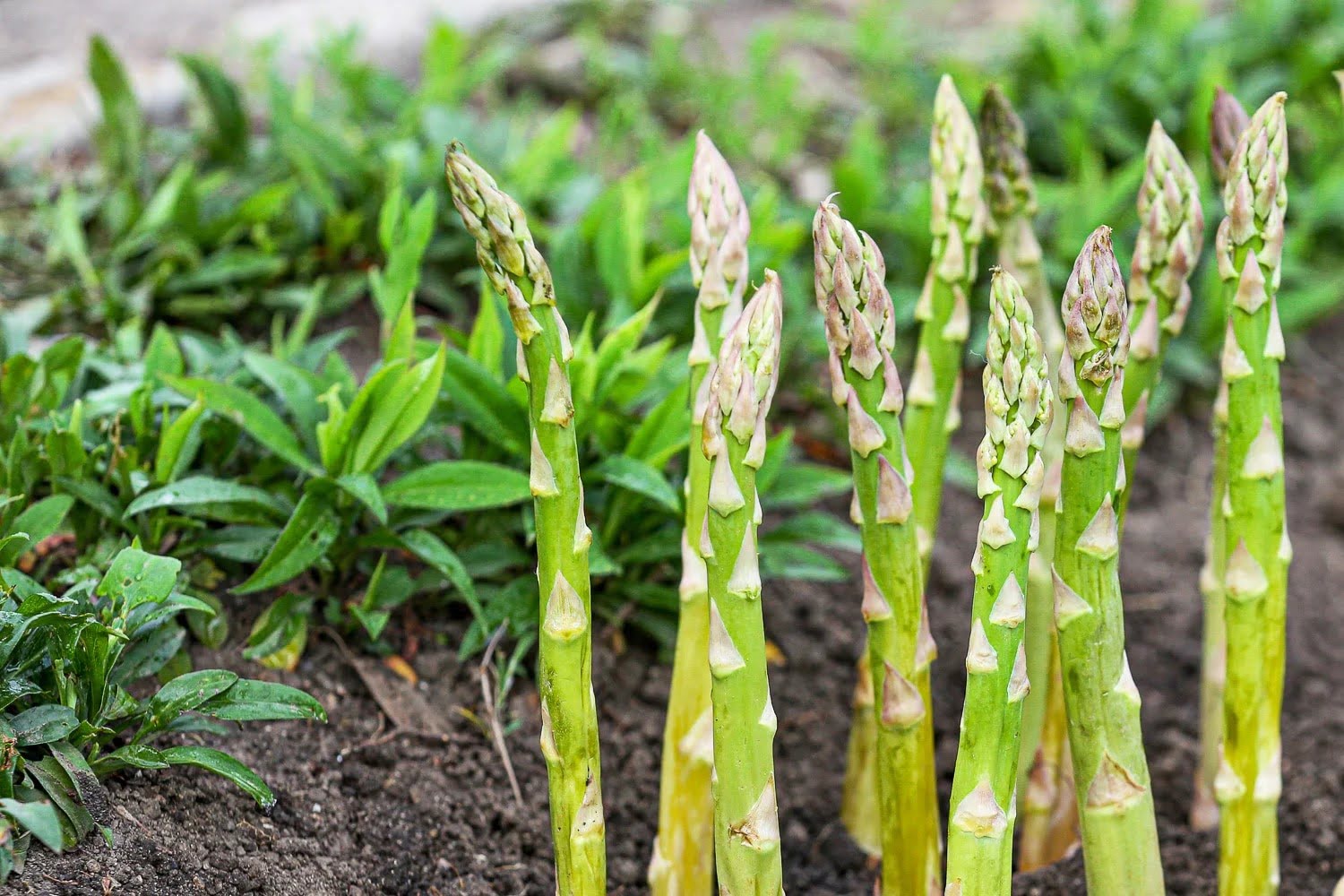






0 thoughts on “What Is Grass Jelly Good For”